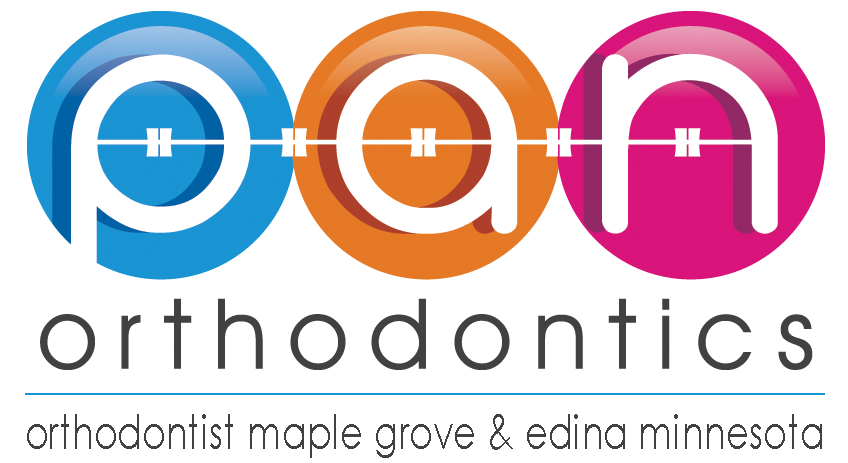Orthodontic Diagnosis - Bolton Analysis
The Bolton Analysis or Ratio is an analysis of the teeth which was developed by Wayne A. Bolton. It is used to determine the difference in size between the maxillary and mandibular teeth. This analysis helps in determining the ideal relationship within the interarch. The Bolton Analysis or Ratio is a useful measurement tool that determines the relative M-D tooth size of upper and lower teeth. The concept of the Bolton Analysis is both simple and intuitive. The lower teeth need to be smaller mesio-distally compared to the upper teeth. When the lower teeth are not smaller, it becomes impossible for all of the lower teeth to fit inside the upper arch, and simultaneously have an ideal molar relationship, proper overbite and overjet, and closed interproximal contacts without crowding. The Bolton Analysis helps to measure these relative proportions.
Bolton Analysis has been identified for both the entire arch and for the anterior teeth. These ratios were developed because there is generally more variability in the anterior tooth size than posterior tooth size. In addition, patients are more concerned with crowding and spacing in the anterior. As a result, the Bolton Analysis is used more frequently for the anterior teeth.
History
Wayne A Bolton first presented the analysis in 1958. In 1962, he published another paper which reviewed the clinical applications of using the Bolton Analysis within Orthodontics. Bolton graduated from the University of Washington with their first dental class in 1950. He was also part the first orthodontic class in 1952. A boley gauge is a special tool that is commonly used to measure the width the teeth. In 1995, a study was released that suggested the Vernier caliper can also be used for the Bolton Analysis. Many other investigation models have since been developed. These models include measurement from photocopies and a traveling microscope, however, the studies have not produced results.
Recently, the digital calipers from companies like OrthoCad have been used to measure the mesiodistal widths of the teeth.
Analysis
An Overall Analysis is used to measure the sum of mesio-distal width. The mesio-distal width includes all 12 mandibular teeth, from the first molar to first molar. This width is then compared to the 12 maxillary teeth. The overall ratio is known to be 91.3%. The Anterior analysis is used to measure the sum of the Mesio-distal width of the front six mandibular teeth and compares them to maxillary teeth. The anterior ratio is known to be 77.2%. An overall ratio greater than 91.3% suggests that the mandibular teeth are bigger in comparison to normal. A ratio less than 91.3% means the mandibular teeth are smaller than normal. The anterior analysis follows the same principle. Those who have a different ratio compared to the normal range is considered a Bolton discrepancy. A standard deviation greater than 2 results in a significant discrepancy.
Drawbacks
A drawback of the Bolton Analysis is that the sample which Bolton used in 1958 only contained a Caucasian population. As a result, Bolton's Overall Ratio and the Anterior Ratio Mean and the Standard Deviations do not represent samples from non-Caucasian races and populations. In addition, because the samples that were measured had a perfect malocclusion, any samples taken after performing the Bolton Analysis, yield a high discrepancy in comparison to the Bolton ratios. A majority of the populations when studied and compared to Bolton's ratios, are not usually ideal compared to his ratios.
Pan Orthodontics Philosophy
To treat our patients as our families and to treat others as how we want to be treated. From your first phone call to the moment your new smile is born, everything in our office is set up to ensure an excellent experience with us. We will always listen to you and improve with your suggestions.
Featuring The Latest Orthodontics Technology
Our Commitment to You
We will continue to keep up with the ever growing digital technologies to improve your orthodontic experience. We also commit to always help you find the most convenient time for your visit with us.




